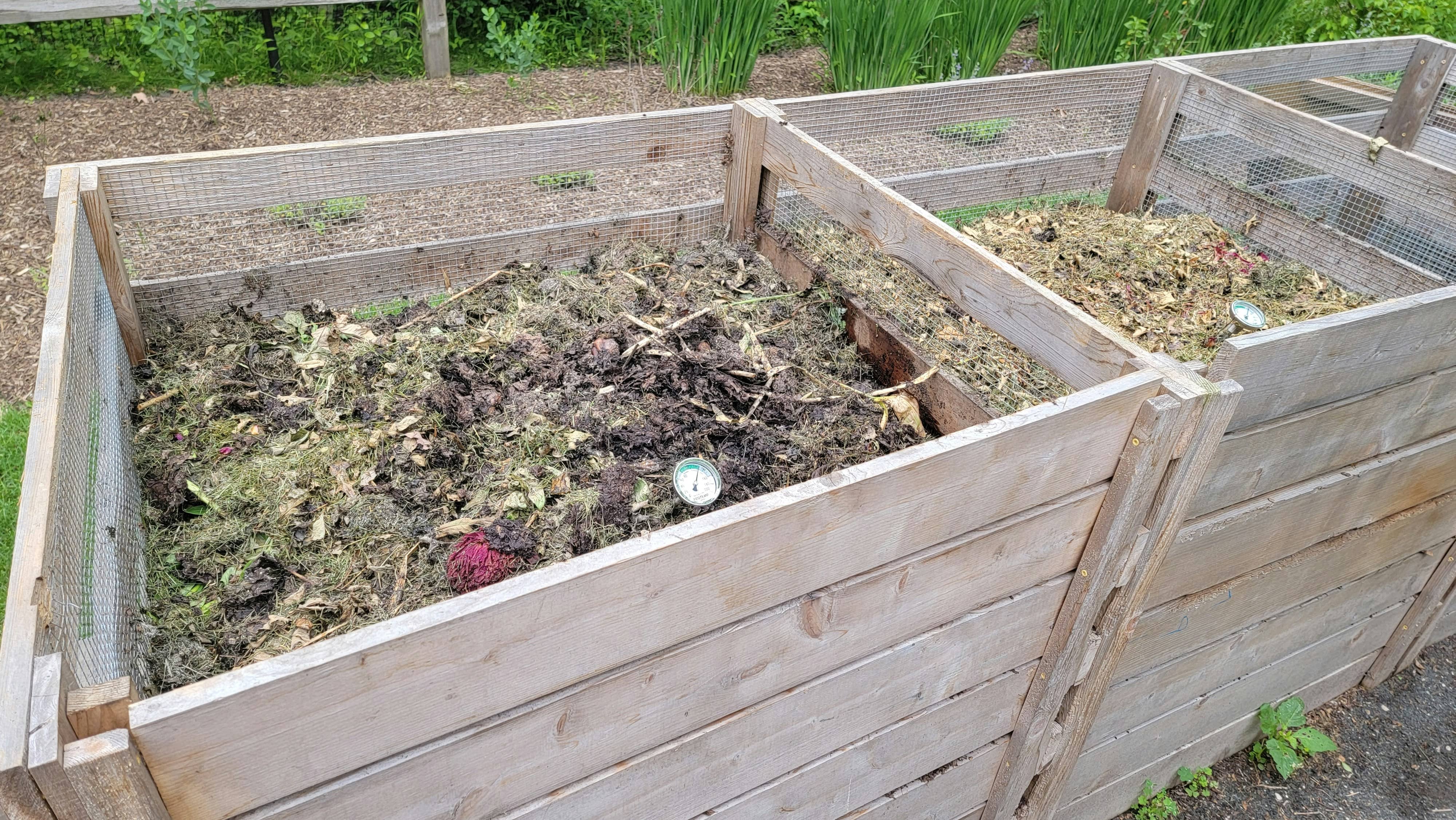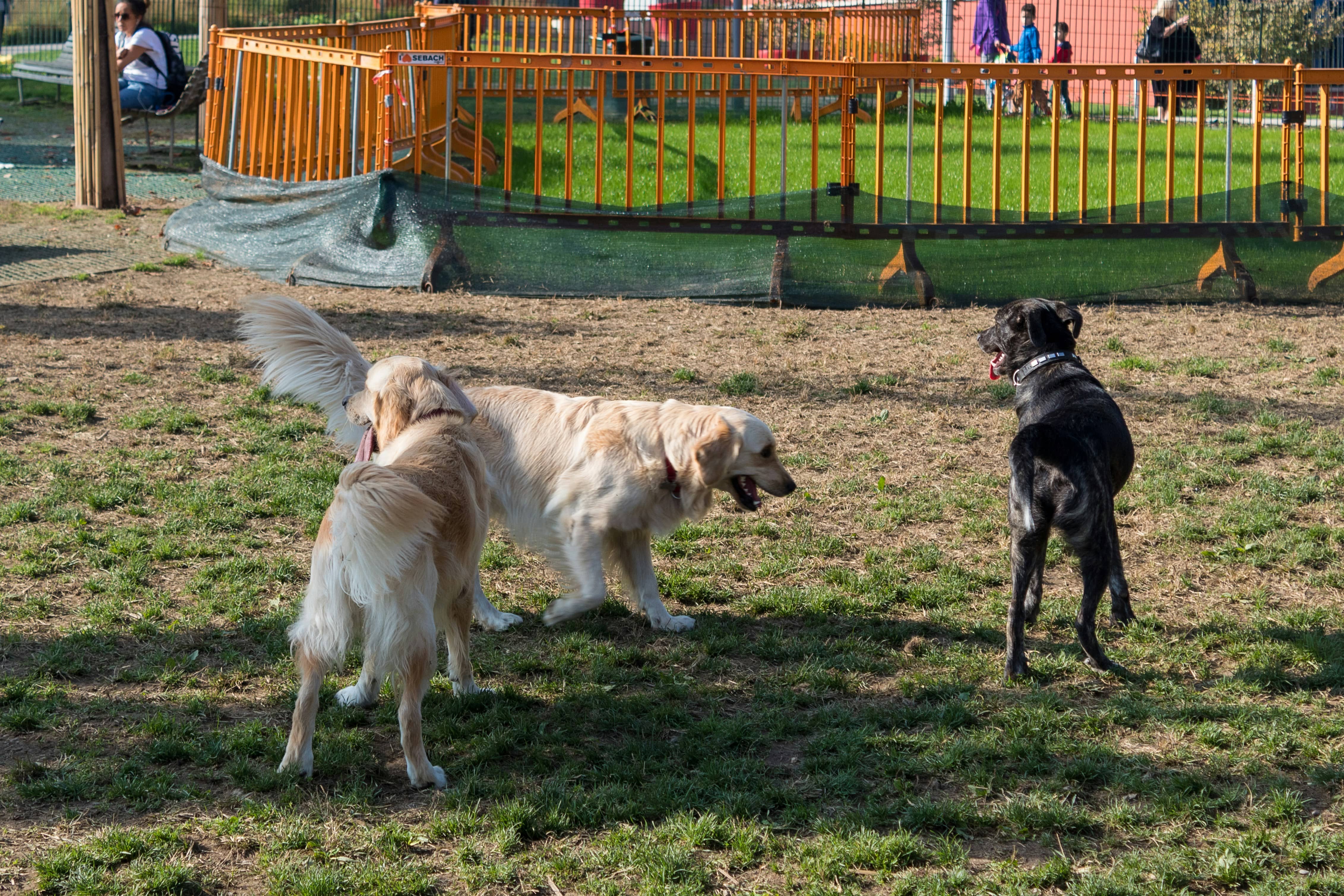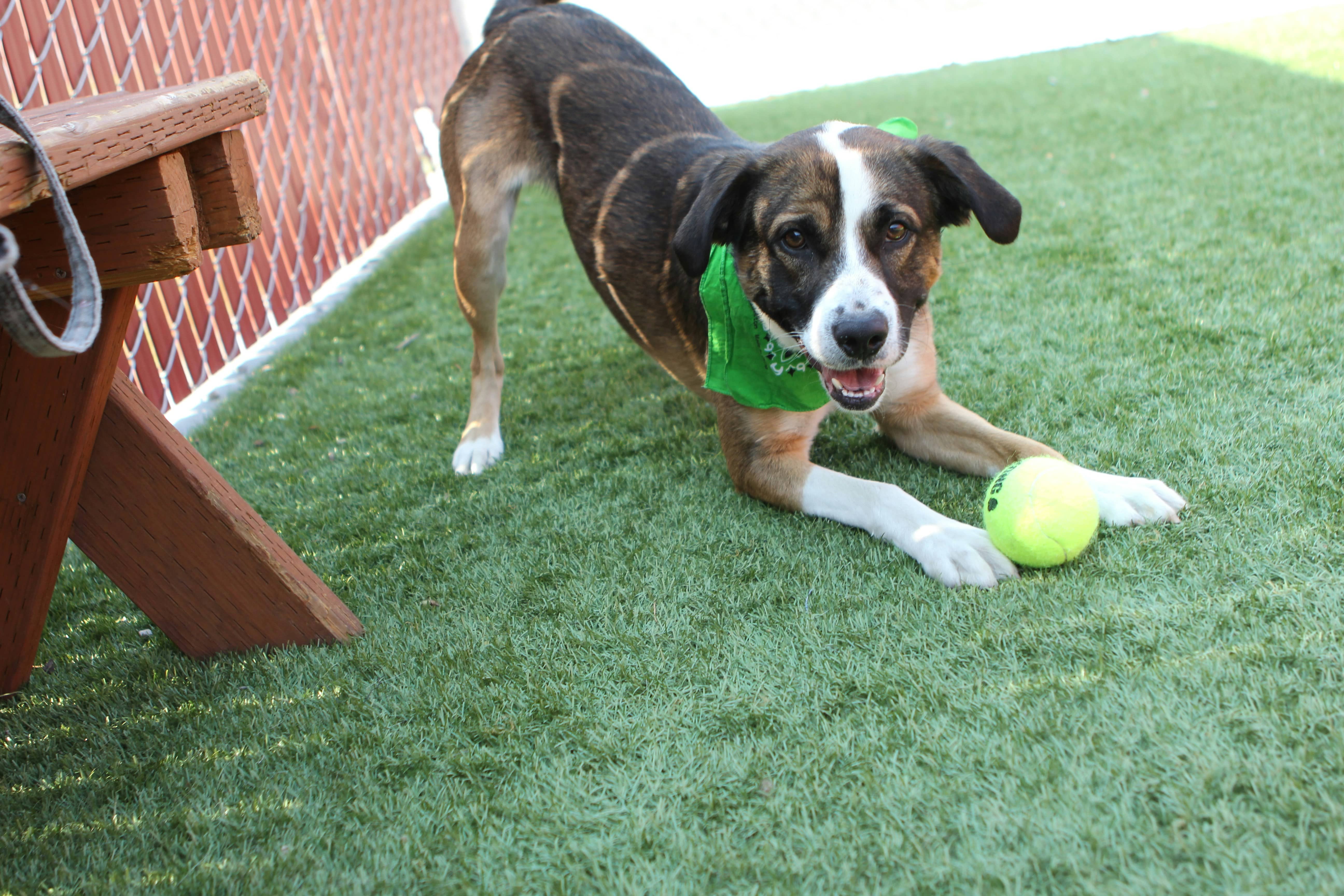The Truth About Dog Waste Composting: Why It’s Not Practical for Most Pet Owners
If you’ve ever looked into environmentally friendly ways to deal with dog poop, you’ve probably stumbled upon the idea of composting it. On the surface, it sounds great — turn waste into something useful, reduce landfill contributions, and maybe even help your garden grow. But here’s the truth: while composting dog waste is technically possible, it’s not practical for nearly anyone living a normal, busy life.
Let’s break down why.
1. You Need a Lot of Dogs (Like… a Lot)
According to composting studies and resources used by pros, you need waste from at least 10–20 dogs to maintain the size and temperature of a compost pile capable of properly breaking down pet waste and killing harmful pathogens. That means unless you’re running a kennel or a sled dog team, you’re likely working with way too little material to make it work safely or effectively.
2. It’s Not “Set It and Forget It”
Composting dog waste isn’t like tossing food scraps into a bin and calling it a day. To do it safely, the process requires:
- Meticulously balancing carbon sources like sawdust or straw with waste
- Keeping the pile as moist as a wrung-out sponge
- Turning the compost frequently to maintain airflow
- Monitoring internal temperatures daily with a thermometer
- Ensuring the pile stays between 135°F–160°F for long enough to destroy pathogens
Miss one step, and you’re left with a pile that’s not compost — it’s just rotting dog poop.
3. It Takes Months (and Then More Months)
Even under ideal conditions, properly composted dog waste requires:
- A multi-week active composting phase
- Several full turnings of the pile
- Curing time of several additional months to a full year before it’s safe to use
That’s a long time to have a pile of dog waste cooking in your backyard.
4. It Can Be Dangerous If Done Wrong
Dog waste contains parasites like roundworms that can live in soil for years and infect humans — especially kids. If your compost doesn’t consistently hit high enough temperatures (which small backyard bins often don’t), you’re essentially spreading those pathogens right into your yard or garden.
Many composting guides explicitly say: Do not use dog waste compost on anything edible and keep pets and children away from it.
5. Winter Makes It Nearly Impossible
Cold weather slows down or stops microbial activity. So unless you have a massive, well-insulated pile — or a commercial-grade composting setup — your waste will just sit there all winter, accumulating and not breaking down. Not ideal.
The Bottom Line: Great in Theory, Rarely Practical in Reality
While we respect anyone trying to reduce their environmental impact, the reality is this: composting dog waste safely and effectively is a full-time commitment, not a weekend hobby. It’s time-consuming, logistically demanding, and not well-suited for single-dog households.
That’s where professional dog waste removal services — like ours — come in. We provide a cleaner, safer, and more realistic solution that helps you keep your yard clean, your family safe, and your weekends poop-free.
Need help managing your pet’s mess?
Let us handle the dirty work so you can enjoy your yard again — no thermometers, turning piles, or parasite risks required.



